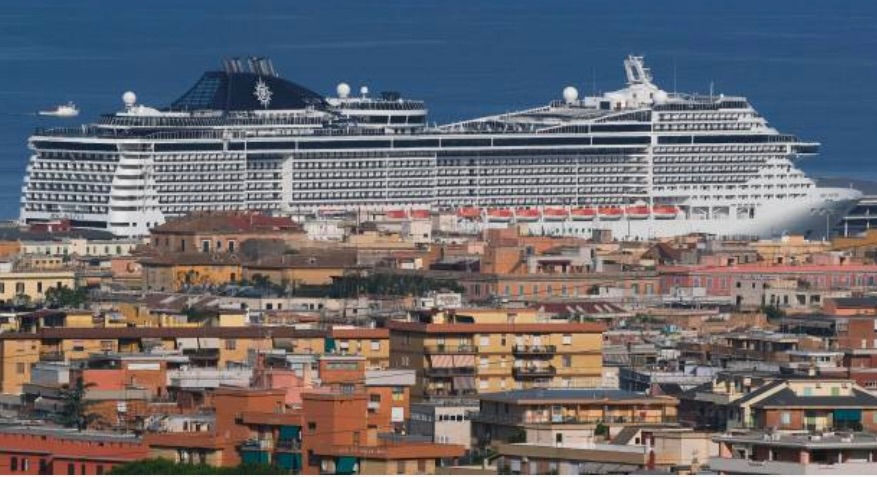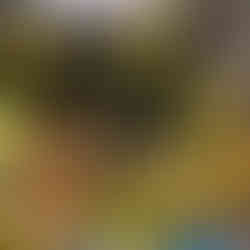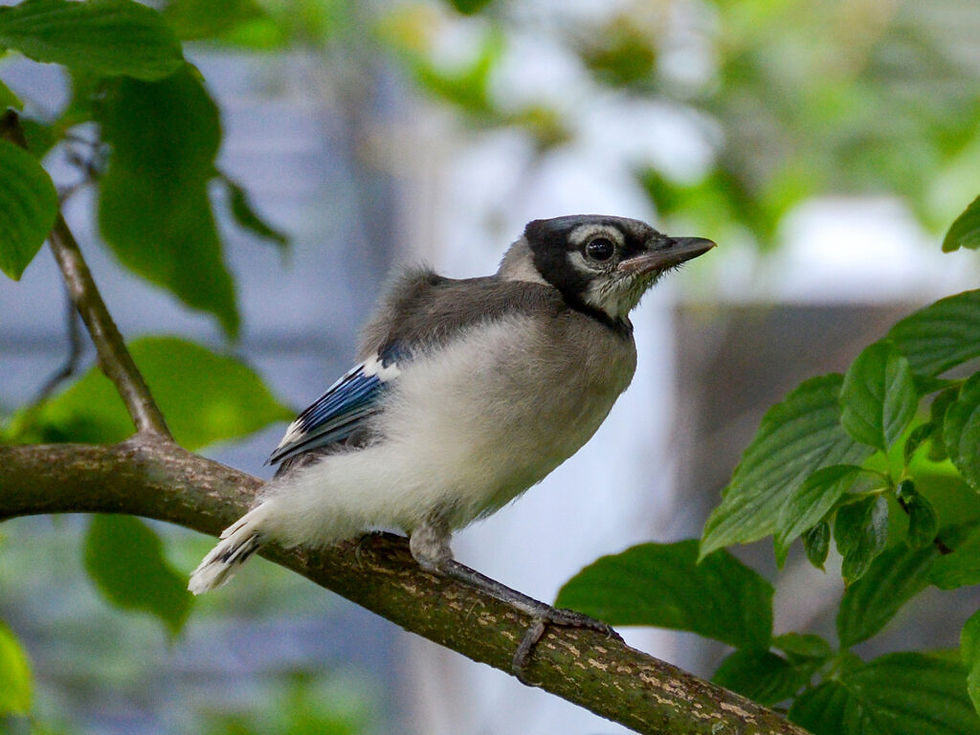Travel: Rome to Civitavecchia, Italy March 6-7/2024
- Lili Naveh
- Mar 7, 2024
- 5 min read
Four days after the historic Unity March against Jewish Hate which took place in San Francisco, and in which, from all round the Bay area/North Ca, participants, including us, congregated to display their deep protest against this latest tsunami hate wave, David and I flew to Israel, via Rome, and spend few days in Italy.
It is inconceivable that hardly 85 years since the holocaust, the "Golden Age" of American Jews is suspected to be over...

In an escapism effort to leave behind the disgusting rise in antisemitism evoked by-the lingering horrors of the war with Gaza against the murderous Hamas terrorist army, driving up north along the west Mediterranean coast of Italy toward Portofineo seemed like a "soothing" plan


About an hour drive north, the charming small ancient sea-port town of Civitavecchia. (60 km north of Rome) seemed to be an intriguing place to explore and spend the first night, after landing late afternoon of March 7h.



Charming Civitavecchia - a port city on the the Tyrrhenian Sea, is known as Italy's largest cruise and ferry port terminal, It is also the main starting point for sea connection from central Italy to Sardinia, Sicily, Tunis and Barcelona.
Built in the 2nd c by Roman emperor Trajan ( AD 53 to 117,) the Port of Civitavecchia dominated by a large harbor, still retains some of its original remains like the Roman Dock.

Civitavecchia which its name means ancient town .was born as a small Etruscan settlement , and then definitively assumed the name of Centumcellae in Roman times, when the emperor Trajan (106 AD) realized that the rocky coast with its many inlets was the right place for the construction of a large port. Centumcellae experienced its period of maximum splendor in the imperial age , from 314 to 538 AD. Subsequently the city came under the command of the Byzantine empire , and then passed in the 8th century under the milder government of the popes.
Most of the great city monuments present in the port and in the city are due precisely to the will of the many Popes who succeeded one another in command. In 828 the city was occupied by the Saracens who almost completely destroyed it.
A section of the Via Aurelia running along the harbor, 6 m wide and at a depth of 3 m, was excavated. Also Remains of an aqueduct and a large cistern, possibly part of Trajan's villa, are preserved.

The modern inner harbor (darsena) rests on the ancient foundations many of which can be seen and whose shape is still very much the same as it was in Trajan's time. It had a curved breakwater on the southern side and a straight one to the north with arches to reduce the waves which still exist.

The Torre di Lazzaretto is on the end of the north mole and the only one remaining of 4 large Roman round towers around the ancient harbor that served as beacons. Remains of warehouses can be seen between the large basin and the inner harbor , still used during the middle ages.
An ancient port formed by small parallel basins capable of accommodating single vessels was still visible at the end of the 19th century near Fort Michelangelo.
The port area also includes the 16th-century Michelangelo Fort.

The massive Forte Michelangelo was first commissioned from Donato Bramante by Pope Julius II, to defend the port of Rome. The upper part of the "maschio" tower, however, was designed by Michelangelo, whose name is generally applied to the fortress. Pius IV added a convict prison, and the arsenal, designed by Bernini, was built by Alexander VII

On the Promenade - Lungomare
Stretching on Viale Garibalti , along the water is the wide and long promenade, which also features the famous kiss monument between a WWII sailor with a nurse.
The same one appears also in San Diego
by the water, as mentioned in this post


The city is also the seat of two thermal power stations. Fishing has a secondary importance.
The Old Center

The medieval historic heart of the old city is in Piazza Leandra right in the city's center, Around this oldest square of the city, are the narrow allays , steep steps and the city's fish and vegetable market.
The fountain of medieval origin reactivated in 2015 is in the center of the square, sandwiched between two period buildings,
Some of the Roman city wall is visible in the basement of the Fraternity of the Banner in the Piazza Leandra.
The small building of the Central Market

with the many stalls in the alleys around it
is known as San Lorenzo Market, located in the heart of the histrionic center, around Piazza Regina Margherita.


Walking through this lively area in early morning, and stocking up on few fresh produce was a vast different experience than that of walking the surprisingly very empty streets early night, on the previous day when walking to dinner.
Artichoke Season


Piazza Aurelio Saffi (also known as Piazza di San Giovanni) through the suggestive passage of the Archetto, the gate above the ancient wall (9th c) which gives the name of the neighborhood of the same name and from which you can also reach the Church of Death, by far the oldest in the whole city.


The Municipal Theater of Civitavecchia in honor of the Roman emperor who founded the city. It was built in the first half of the 19c following a visit of Pope Gregory XVI with the aim to substitute the old Theatre Minozzi.


The National Archaeological Museum is located inside the 18thc building commissioned by Pope Clement XIII across from Fort Michelangelo and.displays bronze and ceramic artifacts.
The Jewish Getto

The old district of the Ghetto of Civitavecchia expands around piazza Antonio Fratti, by Corso Centocelle and the entry point to the Port of Varco Fortezza. The area with its restaurants, bars, pub and pizzerias is one of the most lively and especially during the week-ends
It was built at the end of the 17thc by Pope Innocent XII to accommodate the Jews which also never came. and the buildings of the ghetto were instead occupied by fishermen and workers from region of Naples.
Near By
The entire territory of Civitavecchia is dotted with the remains of Etruscan tombs an ancient civilization, and it is likely that in the center of the current city, a small Etruscan settlement thrived.
"La Chimera" is a recent film I saw at the 2014 Palm Spring Film Fest, about a group of archaeologists diggers, and the black market of Etruscan artifacts.
The Etruscan necropolis of Mattonara, not far from the Molinari factory, is almost certainly from the 7th - 6th BC and was most likely connected with the nearby necropolis of Scaglia.
Roman Bath-Spa

An Etruscan settlement on the hill of Ficoncella about 5 km north from city center, still is seen where the first baths were built before 70 BC,
The modern name stems from the common fig plants among the pools.

The views from that hill are beautiful and the spa springs are being used by the public.
On the sunny cold day we visited there, the several small spring pools were packed by locals, so it lost the appeal for us. the views worth the drive up there.
The views from Ficoncella Hills of Civitavecchia modern port

Romans terme Aquae Tauri.


The Terme Taurine, are the ruins of a Roman thermal bath complex situated an another Pine wooded hill , from which the views of the city are as beautiful
The Terme Taurine baths were built originally in the Roman Republican era, possibly by Titus Statilius Taurus, prefect of Rome.

Hotel we stayed
VIa Braccianese Claudia, 345 030 5280
This small most pleasant hotel, right by the port, and 5 minutes walking distance from the town's old center, at which we enjoyed spending one night provided a great service
It serves mainly the cruisers who arrive the night before boarding their cruise ships, so the manger was surprised at us "cruising" by car...
Recommended Restaurant

Cibus Restaurante Hostaria Romana
Piazza Calamatta, 15, 00053 Civitavecchia. 0766 732520
A very good food eatery popular with the locals, who filled the place on the night we dinned , and served a wide variety of great dishes.

To be continued....















































































Comments